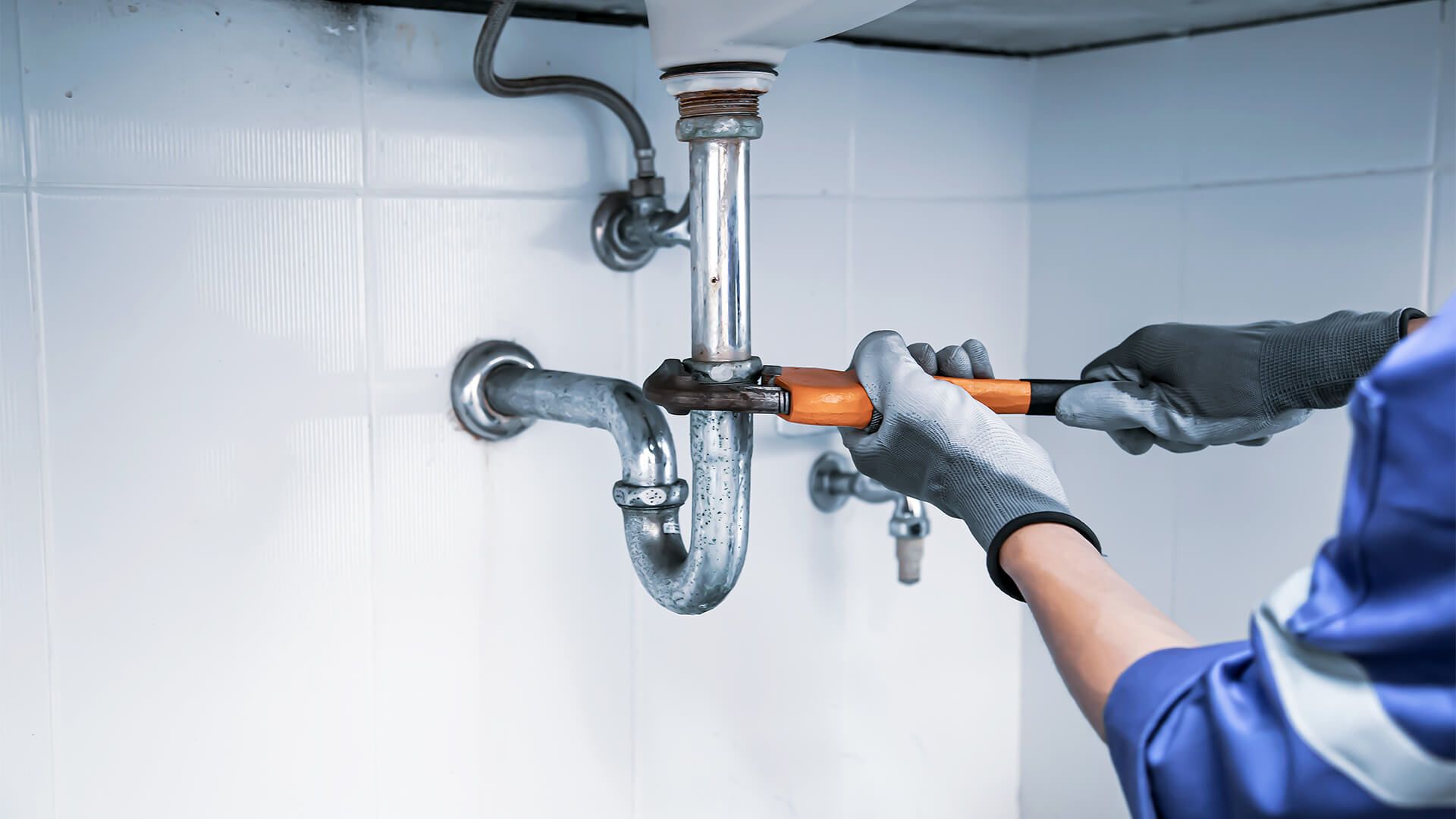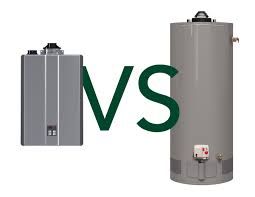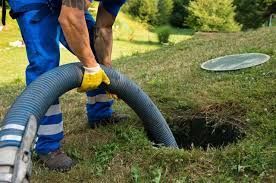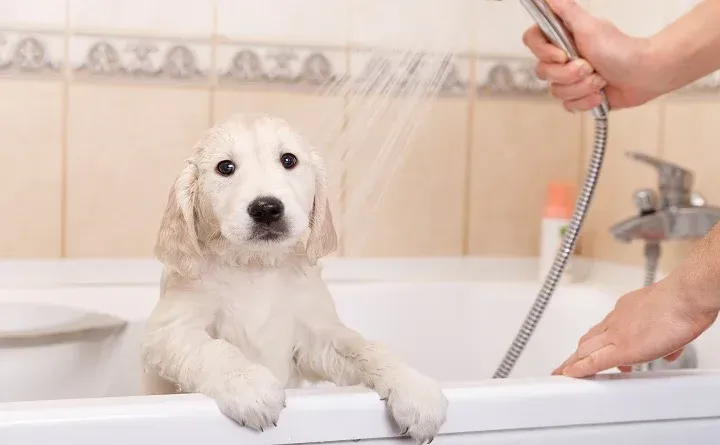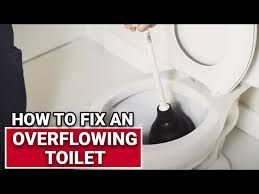How to Detect and Fix Low Water Pressure: An In-Depth Guide
Low water pressure can be a real hassle, disrupting everything from showering to washing dishes. But how can you identify the problem and, more importantly, fix it? This guide will take you through the signs of low water pressure, how to pinpoint the cause, and the steps to restore it.
Reach out to us for waterline repair and replacement services!
Signs of Low Water Pressure
- Weak water flow from faucets and showerheads
- Slow-filling toilets
- Inconsistent or fluctuating water pressure
- Drips instead of steady streams from fixtures
- Takes longer to fill up bathtubs or sinks
- Dishwasher or washing machine cycles take longer than usual
How to Fix Low Water Pressure
1. Clean or Replace Clogged Fixtures
Over time, mineral deposits can clog faucet aerators and showerheads, reducing water pressure.
Remove the fixture: Unscrew the aerator or showerhead.
Soak in vinegar: Soak the fixture in vinegar overnight to dissolve mineral buildup.
Reattach and test: Reattach the fixture and test the water pressure.
2. Adjust or Replace the Pressure Regulator
If the pressure regulator is the cause, adjusting or replacing it may resolve the issue.
Adjust the regulator: Use a wrench to turn the adjustment screw. Clockwise increases pressure, counterclockwise decreases it.
Replace if faulty: If adjustment doesn’t help, consider replacing the regulator.
3. Fix Leaks in the Plumbing System
Leaks not only waste water but also reduce pressure.
Repair minor leaks: Use pipe tape or sealant for small leaks.
Call a plumber: For significant leaks, it’s best to hire a professional.
4. Address Problems with the Water Heater
If low water pressure is affecting only the hot water, the issue may lie with your water heater.
Flush the tank: Sediment buildup in the tank can reduce pressure. Flushing the tank can clear the sediment.
Check the shutoff valve: Ensure the water heater’s shutoff valve is fully open.
Inspect the heating elements: If you have a tankless heater, ensure the elements are functioning correctly.
5. Replace Old Pipes
In older homes, corroded pipes can restrict water flow and cause low water pressure.
Inspect pipe conditions: Look for rust or corrosion on exposed pipes.
Consider repiping: If corrosion is severe, replacing old pipes with modern materials like PEX or copper may be necessary.
Testing for Low Water Pressure
Testing for low water pressure is straightforward and can provide valuable insights into your plumbing system's health. Begin by attaching a water pressure gauge to an outdoor faucet or a main water line inside your home. Ensure that all other taps and water-using appliances are off to get an accurate reading. A typical household water pressure should measure between 40 and 60 psi (pounds per square inch). If the reading is significantly lower, it may indicate a problem such as a partially closed shutoff valve, a malfunctioning pressure regulator, or an underlying issue with your pipes. Testing helps you pinpoint where to start your troubleshooting and repairs.
What Are the Main Causes of Low Water Pressure?
Several factors can contribute to low water pressure, including:
- Clogged fixtures
- Partially closed shutoff valves
- Faulty pressure regulators
- Leaks in the plumbing system
- Corroded or outdated pipes
- Sediment buildup in water heaters
Conclusion
Low water pressure can disrupt your daily routine, but by understanding the causes and solutions, you can restore normal water flow in your home. Whether it’s a simple fix like cleaning a clogged fixture or a more involved process like replacing pipes, this guide provides the steps needed to address low water pressure effectively.

